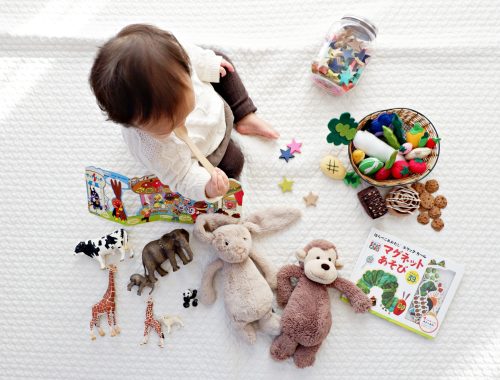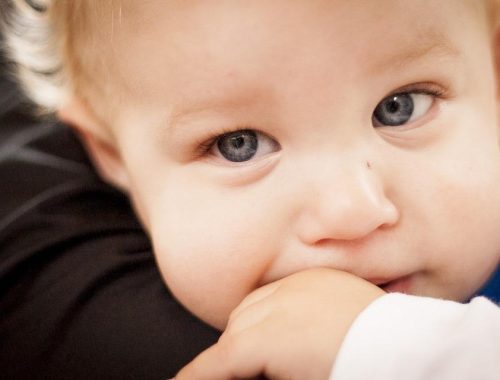
Baby Language Acquisition: Speed and Signals
Babies, those bundles of joy, possess an incredible capacity to learn languages. As caregivers and childcare enthusiasts, understanding how quickly babies pick up languages can be both fascinating and crucial in providing a nurturing environment. In this guide, we’ll explore the remarkable journey of language acquisition in infants, offering insights into their linguistic development.
The Early Steps of Language Acquisition
Babies are born with an innate ability to learn and understand languages. From the very beginning, they are exposed to the sounds and rhythms of their native language. Here are the essential phases of language development in babies:
- Listening and Recognizing Sounds
- Even before birth, babies can hear sounds from the outside world. Once born, they recognize the voices of their parents and caregivers. Babies are particularly attuned to the speech patterns and tones of their mother tongue.
- Cooing and Babbling
- As early as a few months old, babies start making sounds. They coo and babble, experimenting with different vocalizations. These early sounds are essential precursors to actual speech.
- First Words
- Around the age of one, babies typically say their first words. These are usually simple words like “mama,” “dada,” or “baba.” Babies tend to start with words that are important to them and their immediate needs.
- Vocabulary Expansion
- Once babies utter their first words, they rapidly expand their vocabulary. They start naming objects, people, and animals in their surroundings. By the age of two, many toddlers can recognize and name a substantial number of items.
Multilingual Environments
If your household or childcare setting is multilingual, you may wonder how babies manage to learn multiple languages. It’s quite astonishing to see how quickly they adapt to different linguistic environments.
Research Link 1: To understand more about how babies cope with multilingualism, consider exploring this research on “Bilingual Babies: Navigating Two Languages.”
Research Link 2: For insights on the benefits of raising multilingual children, you can read about “The Advantages of Multilingualism in Early Childhood.”
Multilingual Infants

Babies growing up in multilingual environments have the remarkable ability to differentiate between languages from a very early age. They can recognize the distinct sounds and rhythms of each language spoken around them. Some essential factors to consider in multilingual language acquisition include:
- Language Exposure
- Babies learn a language best when they are exposed to it regularly. If a baby hears both English and Spanish spoken daily, they will likely pick up both languages with ease.
- Language Context
- Babies are quick to understand the context in which each language is used. For instance, they may recognize that one language is spoken with parents at home, while another is used with grandparents or caregivers.
- Language Dominance
- In some cases, a baby may demonstrate language dominance, preferring one language over another. This can change over time as their environment and social interactions evolve.
Childcare and Language Learning
For childcare providers, understanding the language acquisition process in babies is essential. Here are some ways in which childcare settings can support and facilitate language development:
- Multilingual Care
- If your childcare facility caters to families from diverse linguistic backgrounds, embrace multilingualism. Encourage caregivers to speak to babies in their native languages.
- Language-Rich Environment
- Create a language-rich environment with books, songs, and interactive activities. Reading books to babies, even if they don’t understand the words, is incredibly beneficial for language development.
- Social Interaction
- Babies learn language through social interaction. Engage with babies through conversation, even if their responses are in the form of coos and babbling.
- Respect Multilingualism
- Recognize and respect the multilingualism of families. This helps create an inclusive and supportive atmosphere for language development.
Conclusion
The speed at which babies pick up languages is truly remarkable. They move from cooing and babbling to forming their first words in a matter of months. In multilingual environments, they become adept at differentiating between languages and understanding when to use each one.
As caregivers and childcare enthusiasts, it’s our privilege to witness and support this beautiful linguistic journey. By creating language-rich environments and embracing multilingualism, we can nurture the linguistic talents of the babies in our care. Every coo, babble, and first word is a testament to the incredible capacity of babies to understand and engage with the world of languages. So, let’s cherish every step of this awe-inspiring journey. 🍼👶🗣️
You May Also Like

How to Calm Conflicts Between Brothers and Sisters
2022-05-19
Have You Ever Heard Of The Montessori Bed?
2022-07-19

